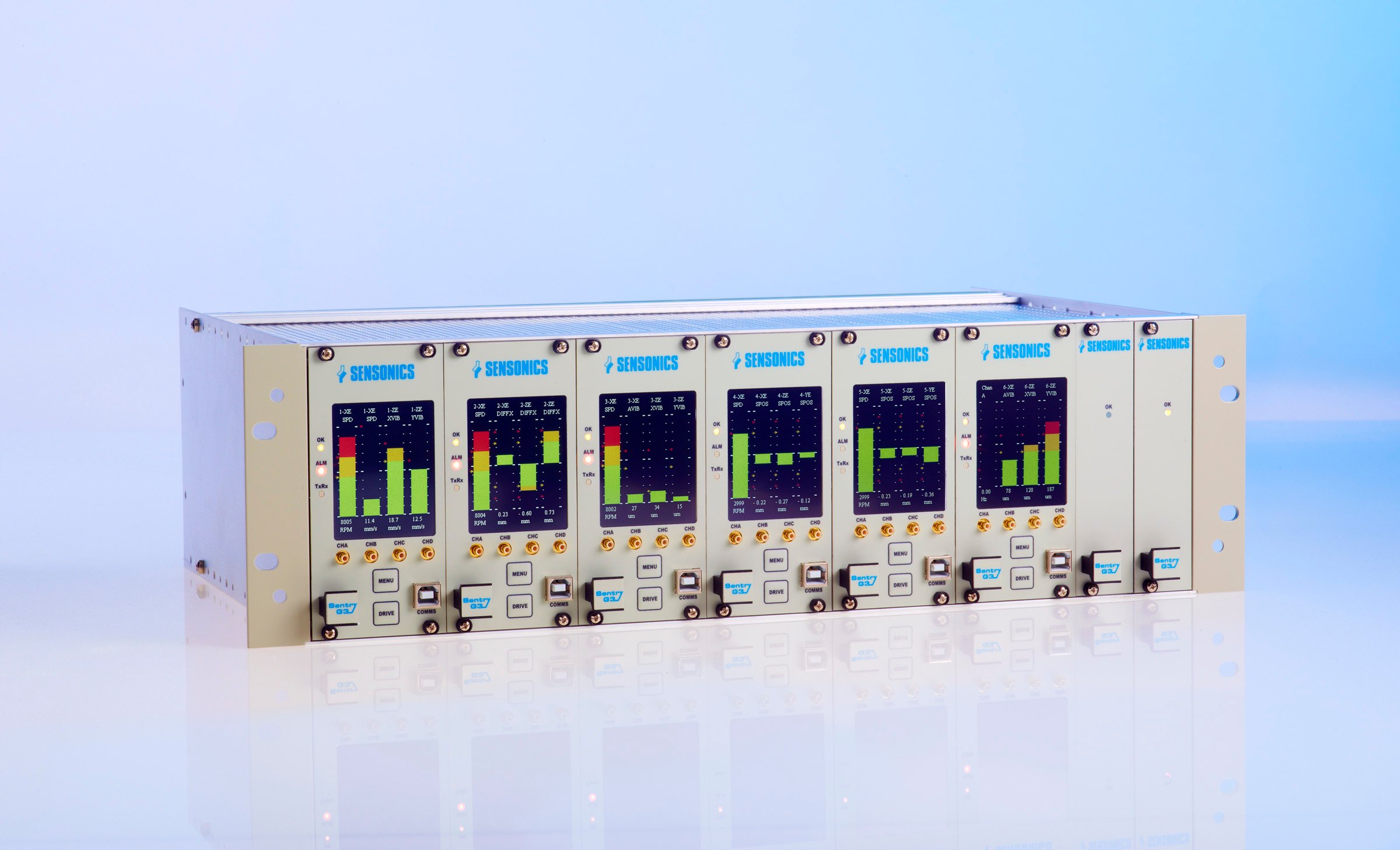Digital Vs Analogue Interfaces in Turbine Supervisory Systems
In today’s evolving industrial landscape, Turbine Supervisory Systems (TSS) are at the core of safe and efficient turbine operations. These systems rely on a network of interfaces—analogue and digital—to collect, process, and communicate critical data from turbine subsystems such as vibration monitors, temperature sensors, and pressure transducers.
Whether upgrading an existing plant or designing a new one, selecting between analogue and digital interfaces isn’t just a hardware choice—it’s a strategic decision that affects system performance, scalability, and lifecycle cost.
Understanding The Interfaces
Analogue Interfaces
These transmit continuous signals (usually current or voltage), representing physical values. Common standards include:
- 4–20 mA current loops
- 0–10 V voltage signals
- Thermocouples and RTDs
Often used in legacy systems and for fundamental measurements like temperature, speed, and pressure.
Digital Interfaces
Digital interfaces encode data as binary signals and transmit it using communication protocols such as:
- Modbus RTU/TCP
- Ethernet/IP
- PROFIBUS/PROFINET
- CANbus
- Fiber-optic systems
They’re capable of transmitting multi-variable data, error codes, and diagnostics, often over long distances.
Benefits And Disadvantages
✅ Analogue Interfaces – Benefits
- Simplicity: Easy to implement and troubleshoot with basic electrical tools.
- Low Initial Cost: Sensors and wiring are inexpensive.
- Immediate Response: Ideal for real-time feedback in fast-loop systems.
- Compatibility: Works well with legacy control systems and older SCADA hardware.
❌ Analogue Interfaces – Disadvantages
- Signal Degradation: Voltage drop and interference affect accuracy, especially over long distances.
- Limited Data: Only one data point per wire; no support for metadata or diagnostics.
- No Error Reporting: Cannot detect sensor failure or wiring issues without extra hardware.
- Calibration Drift: Prone to inaccuracy due to temperature changes and ageing components.
✅ Digital Interfaces – Benefits
- High Accuracy & Resolution: Maintains data fidelity over distance.
- Advanced Diagnostics: Supports sensor health monitoring, fault codes, and remote testing.
- Multi-Variable Communication: A single digital line can transmit multiple parameters (e.g., temperature, vibration, device status).
- EMI Immunity: High resistance to electrical noise, ideal in harsh industrial environments.
- Scalability: Easier to expand or integrate with modern control systems and IIoT platforms.
❌ Digital Interfaces – Disadvantages
- Higher Upfront Cost: Devices and communication modules are typically more expensive.
- Technical Complexity: Requires knowledge of communication protocols and addressing.
- Cybersecurity Risk: Connected devices can introduce vulnerabilities if not properly secured.
- Compatibility Issues: Not always backward-compatible with older control systems.
Use Case Example: Vibration Monitoring
In turbine systems, vibration monitoring is critical for predictive maintenance and avoiding catastrophic failures.
- Analogue Setup: Sends a single voltage signal representing amplitude. Any issue in cabling or sensor drift can lead to misleading readings.
- Digital Setup: Can transmit full spectrum data, device temperature, sensor diagnostics, and fault flags—all over one interface.
Digital systems not only increase visibility but enable remote diagnostics, trend analysis, and integration with predictive analytics software.
Hybrid Systems: Bridging The Gap
Many turbine supervisory systems adopt a hybrid architecture—analogue inputs for core, fast-response sensors (like pressure or speed) and digital communication for complex or critical data (like vibration or combustion dynamics). This approach offers a practical balance between performance, cost, and compatibility with existing infrastructure.
Conclusion
When selecting between digital and analogue interfaces for turbine supervisory systems, there's no universal answer. Analogue remains useful for its simplicity and low cost, particularly in mature systems. However, the future clearly favours digital, with its ability to deliver richer data, enhanced diagnostics, and better integration with smart control platforms.
Key takeaway: Consider the system’s lifecycle, required diagnostics, and long-term integration needs when choosing your interface strategy. A hybrid approach often delivers the best of both worlds.
Looking to modernise your turbine control systems? Our engineering team can help evaluate your current infrastructure and recommend a customised digital transformation path. Contact us today to get started.



